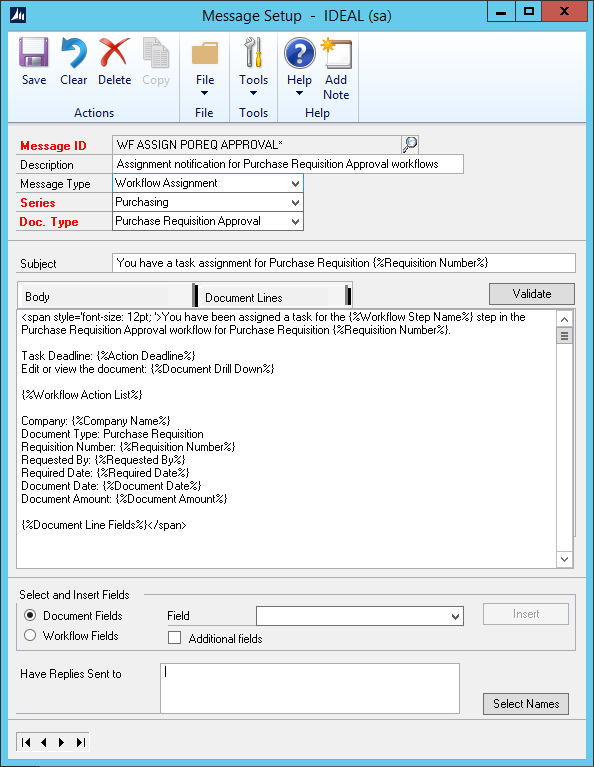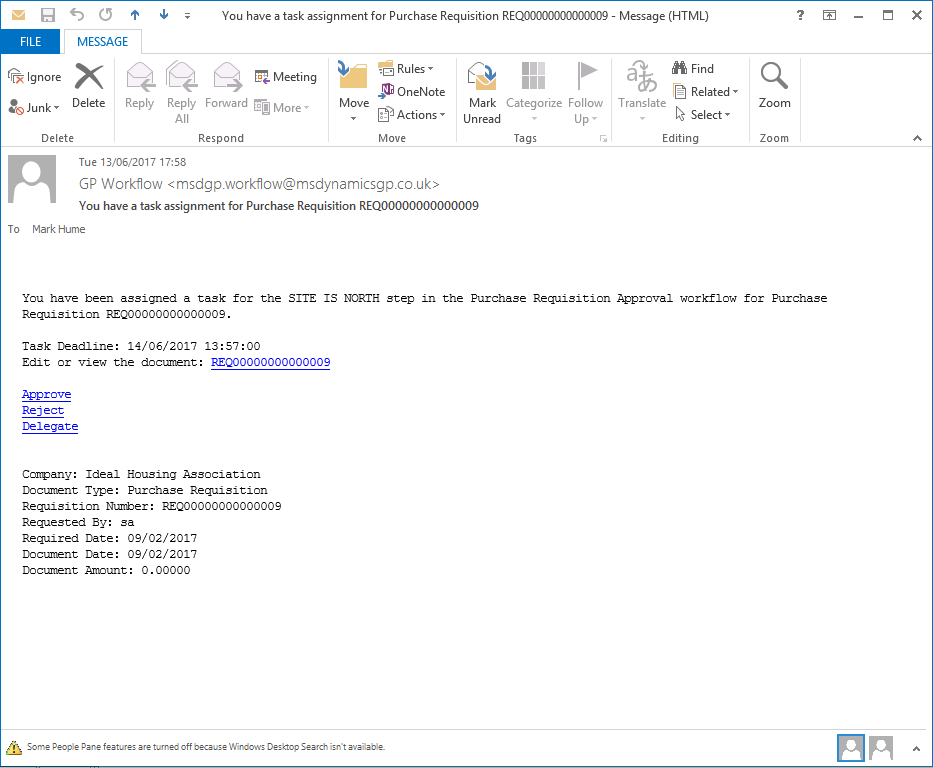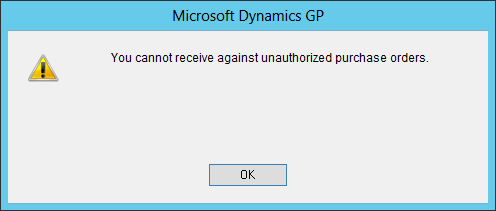 Following on from my recent script to return the functional currency for all companies I hve revisited an old script which gets the size of database and updated it to work in the same way.
Following on from my recent script to return the functional currency for all companies I hve revisited an old script which gets the size of database and updated it to work in the same way.
This script needs to be run against your system database (called DYNAMICS by default) and it will return the size of the data and log files alongside the total size of the database for all companies.
/*
Created by Ian Grieve of azurecurve|Ramblings of a Dynamics GP Consultant (https://www.azurecurve.co.uk)
This code is licensed under the Creative Commons Attribution-NonCommercial-ShareAlike 4.0 International (CC BY-NC-SA 4.0 Int).
*/
DECLARE @SQL NVARCHAR(MAX)
CREATE TABLE #DatabaseSizes(
INTERID VARCHAR(5)
,CMPNYNAM VARCHAR(65)
,DataSize VARCHAR(20)
,LogSize VARCHAR(20)
,TotalSize VARCHAR(20)
)
SELECT
@SQL = STUFF((
SELECT
CHAR(13) + '
SELECT
''' + INTERID + '''
,''' + CMPNYNAM + '''
,LTRIM(STR(CONVERT(DEC (15,2),SUM(CONVERT(BIGINT,CASE WHEN STATUS & 64 = 0 THEN SIZE ELSE 0 END))) * 8192 / 1048576,15,2) + '' MB'')
,LTRIM(STR(CONVERT(DEC (15,2),SUM(CONVERT(BIGINT,CASE WHEN STATUS & 64 <> 0 THEN SIZE ELSE 0 END))) * 8192 / 1048576,15,2) + '' MB'')
,LTRIM(STR(CONVERT(DEC (15,2),SUM(CONVERT(BIGINT,SIZE))) * 8192 / 1048576,15,2) + '' MB'')
FROM
' + INTERID + '.dbo.sysfiles'
FROM
SY01500
ORDER BY
CMPNYNAM
FOR
XML PATH(''), TYPE).value('.', 'NVARCHAR(MAX)'), 1, 1, '')
INSERT INTO #DatabaseSizes
EXEC sys.sp_executesql @SQL
GO
SELECT
*
FROM
#DatabaseSizes
GO
DROP TABLE #DatabaseSizes
GO
 As I mentioned in the series index, on a recent Workflow project I had a few users comment to me that the text on the emails was a little too small to read. My initial reaction was that it was not possible to change the font size. However, while driving a little later, I had a thought of how I could tackle this.
As I mentioned in the series index, on a recent Workflow project I had a few users comment to me that the text on the emails was a little too small to read. My initial reaction was that it was not possible to change the font size. However, while driving a little later, I had a thought of how I could tackle this.







